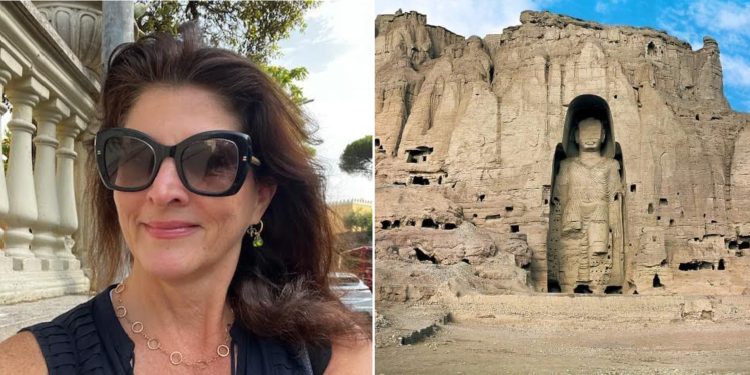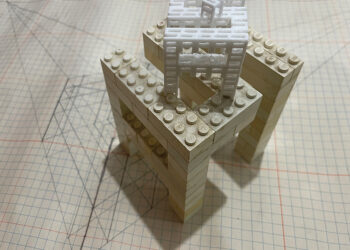By Nina Tsipuria
Protection and preservation of cultural heritage is one of the priority issues for different countries of the world, in this regard specialists in the field have to constantly work and bring the issue to new generations as a determining factor for preserving identity. Architect, archaeologist, member of the Board of Directors of the American Archaeological Institute and the Association of Archaeologists of New York, scientist Heidi James-Fisher considers the most effective “weapon” to preserve and protect heritage today is to raise awareness in future generations and provide information about cultural heritage to the country. How to protect the monuments? And with what leverage does UNESCO protect the monuments on its list? Nina Tsipuria’s questions were answered by Heidi James-Fisher.
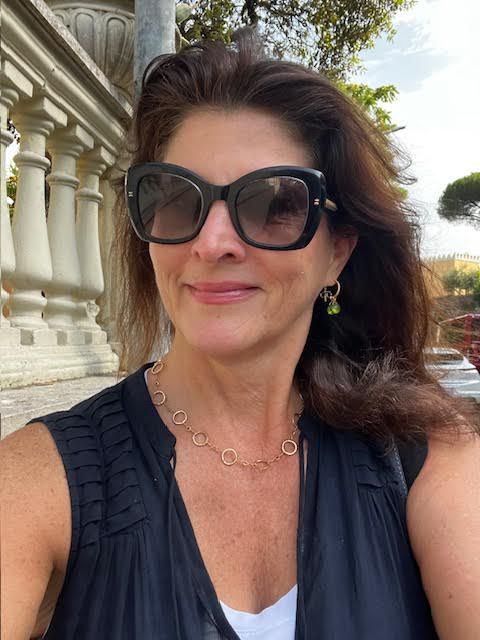
Today, Cultural Heritage is as popular as ever, this is my opinion. What is the most important thing that we must teach the younger generation about Cultural Heritage?
Teaching the younger generations about the value of cultural heritage is important because they will eventually be the heritage caretakers. It is essential for them to learn the significance of the history of a place, changes through time, and what populations have been involved with the local heritage. Understanding history is part of understanding that heritage is part of one’s identity, so it should be personal, especially when someone lives near or among ruins. History is important; we must treasure the architecture or artifacts left behind.
I’d like to ask you about the Cultural Heritage sites that could be protected but they were destroyed by humans. About the meaning and importance of these sites.
The destruction of cultural heritage through violence or an act of war is a complicated issue. The individual State (country) is responsible for protecting its own heritage—UNESCO gives guidelines for this protection but does not send in physical troops. We see individual museums, curators, cultural activists, archaeologists, and art historians risking their lives to protect heritage. We saw this happen in Syria, and now we see it happening in Ukraine. We are aware of sites systematically looted in Afghanistan, starting with bulldozers to clear areas, but understand the Taliban also blew up the Bamiyan Buddhas in 2001. This is the continuous destruction of the past. We also see brave individuals petitioning to protect buildings and sites from development, which is also a form of violence to destroy cultural heritage. Heritage sites have been effectively used by governments, despots, and religious warlords throughout time to attempt to extinguish identity –this is why it is so important that younger people and communities, in general, value cultural heritage.
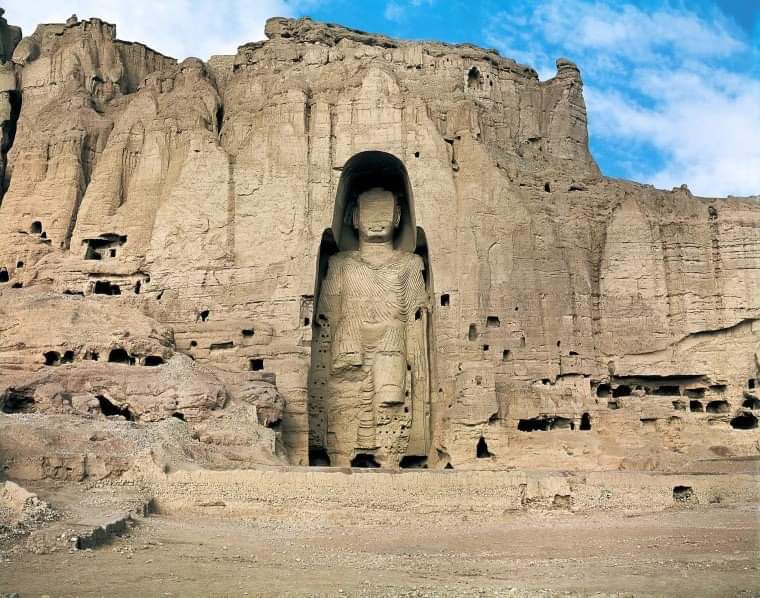
Is UNESCO usually as effective as it must be? I think that there are some examples of destruction of Cultural Heritage sites, that were under UNESCO protection.
UNESCO creates policies and provides a legal framework. It does not physically protect; it can only recommend how to protect and condemn violence and destruction. UNESCO currently has 194 members and 12 associate members. Surprisingly, the United States was not a member for years and just reinstated membership in 2023. UNESCO is guided by the 1954 Convention for the Protection of Cultural Property in the Event of Armed Conflict, and two protocols have followed, all with particular member states.
Dear Heidi, you worked as field archeologist and mosaic conservator at a Roman terraced villa in Vaccone, Italy. Please tell Georgian readers about this place, about the discoveries is Vaccone.
The project is referred to as “The Vacone Villa.” It is in the region of Lazio, Italy. It was constructed in the mid-to-late second century BCE. In part, the villa was built into the bedrock of a mountain. At least 30 mosaic floors are preserved today with different patterns and multi-phases or periods of mosaics. The villa produced olive oil, which helped to generate wealth for the owner. This area is still relatively rural, as it was then. It is understood that the villa was abandoned because of an earthquake. It was an incredible opportunity to learn about preserving Roman mosaics and the techniques still used today. This site very much emphasizes the importance of community involvement. While archaeologists from all over the world work on individual sites-people within the local community must be involved because they will eventually be the caretakers when the archaeologists complete their phase of excavations and leave.
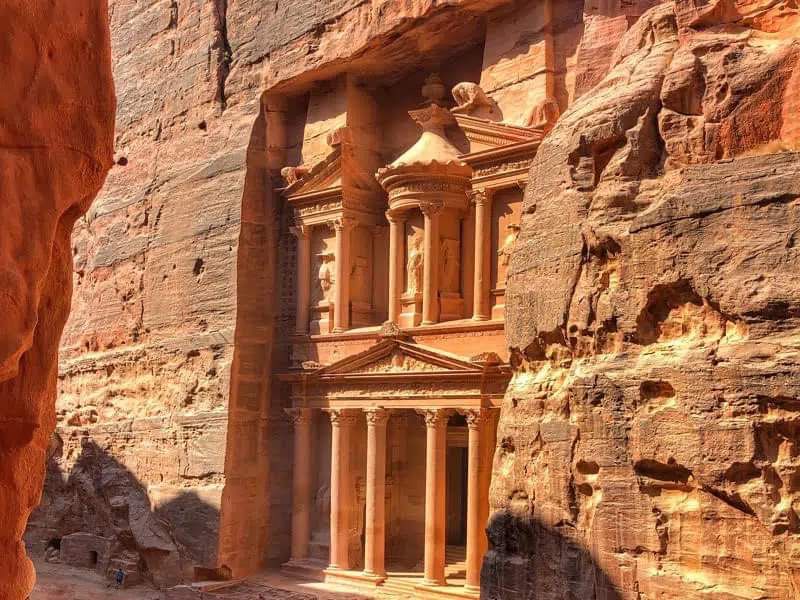
You are a member of the Archaeological Institute of America (AIA). Which is the most breathtaking place (Cultural Heritage site) and the most extraordinary discovery for you?
This is a tricky question! I have seen and learned about many sites from many cultures! Visiting the Nabatean site of Petra in Jordan was exciting and remarkable. Incredibly, the Nabateans built such a place into the landscape, which still survives. The Nabataeans first appeared in the sixth century BCE and were part of the lucrative trading routes into Syria. They left this area around the 4th CE.
Have you heard about Georgia? And archaeological discoveries in Georgia? Georgia is a very small country with reach and important history.
I certainly know Georgia, but I have not met or known any Georgian archaeologists. I would love to learn more about your history and archaeology!

